Tips to Reduce and Prevent Muscle Cramps

Muscles that experience the most cramping tend to be those in our lower legs and thighs. Cramps may also occur in our feet, hands or arms.
In today’s article, we’ll give you some tips on how to relieve them if they suddenly appear.
Why do we get cramps?
Though they’re more frequent at night, muscle cramps can also occur suddenly as we walk, exercise or go about doing our daily activities.
Sometimes the cramps are only a sharp pain that lasts for 15 seconds, while at other times, they linger for minutes on end and we can’t do anything to soothe the muscle stiffness.
There are many reasons why our muscles, like our leg muscles (which is the most common) can cramp up. Among them are the following:
- Excessive muscle use for exercising
- Dehydration or low potassium and sodium levels
- Sedentary lifestyle and being overweight
- Pregnacy
- Hyperthyroidism
- Kidney failure
Muscle cramps are almost always harmless and disappear eventually. In most cases, medical consults aren’t necessary. However, if it’s a persisting problem, we should see a specialist.
A medical professional can order blood tests in order to verify that the kidneys and thyroids are functioning properly as well as check the calcium and potassium levels in our blood.
They can also run a test called “electromyogram”, which is a test that measures muscle activity. It also checks the spinal medulla.
Using these analysis, the doctor can determine what’s causing the muscle cramps and prescribe a treatment suited for the patient.
If the tests don’t show any kind of imbalance of any concern, the next step would be to make sure that none of these following autoimmune diseases are relevant in the patient’s case:
- Fibromyalgia
- Arteriosclerosis
- Lupus
- Multiple sclerosis
- Rheumatoid arthritis
Exercises for soothing muscle cramps
Considering that muscle cramps most often occur in our legs, we’ll teach you some exercises that can help you soothe the pain:
1. Flex your toes
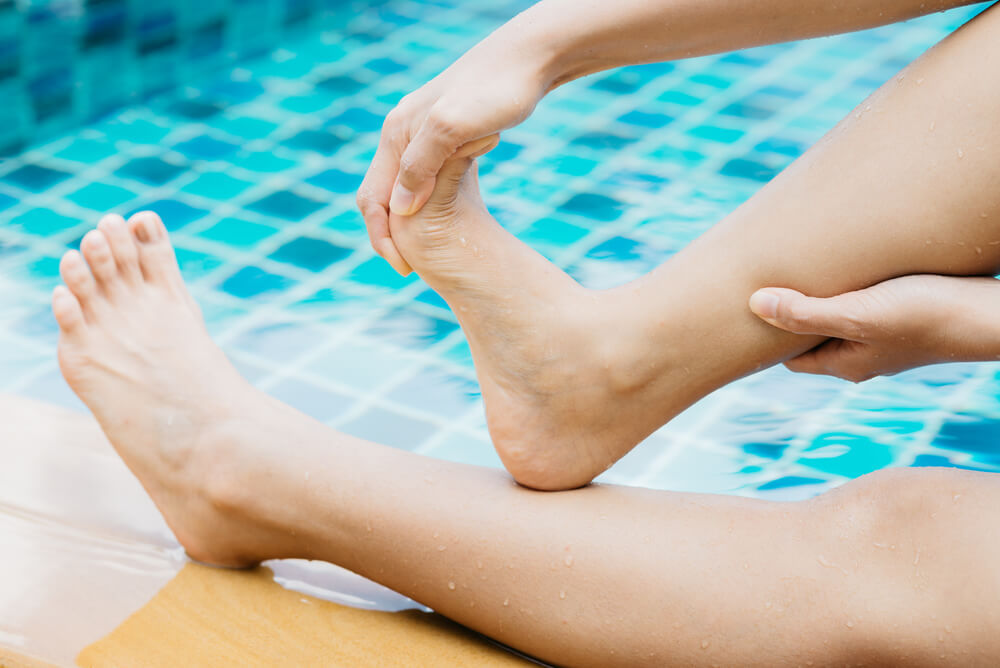
- Stretch out one leg as much as you can on top of a bed or sofa.
- Using your hand, pull your toes backwards (towards your chest) and use a little pressure.
- You should be lifting your ankle slightly from the bed or sofa.
- Hold the position for a minimum of 30 seconds.
We recommend that you read: 6 Remedies to Fight Nighttime Leg Cramps
2. Walk on your heels
Carefully, get up from the bed or sofa and try to walk with all of your body weight shifted on the ankle of the side where you have the cramp.
By walking this way, you’ll help the calf muscles receive the blood and oxygen that they need.
3. Pressing your foot against a wall
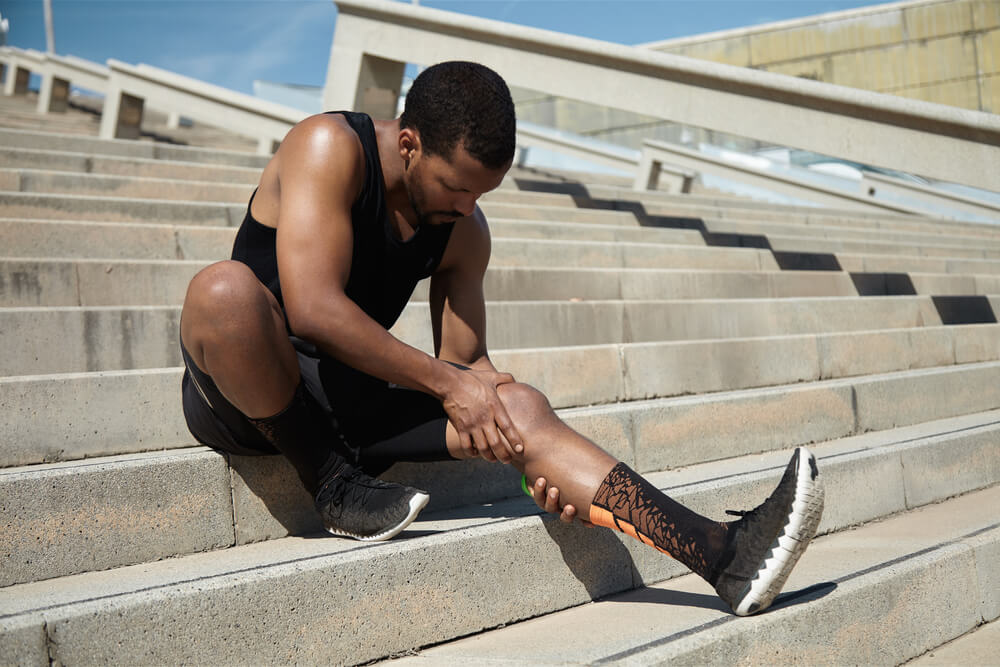
Another way to sooth muscle cramps is to use pressure in the affected zone to stretch it out.
- Facing a wall, plant the base of your foot on the wall.
- Place your hands in front of your torso as well and bend your elbows.
- You should feel the leg muscles stretching while doing this movement.
Alternatively, you can also place your cramped leg behind the other and bend the knee of latter leg. You can use your hands to support your weight on a wall or a steady surface.
4. Tip-toes
Experiencing calf cramps is quite common if we exercise, stay on our feet for long hours or if we use high heels. This exercise can help you relieve the pain.
It’s simple: you need to tip-toe (barefoot or with socks) for as long as you can around your house or office.
You can also opt to raise and lower your ankles in order to stretch out the area well. Support yourself against a wall or the back of a chair so you don’t loose your balance.
5. Massage
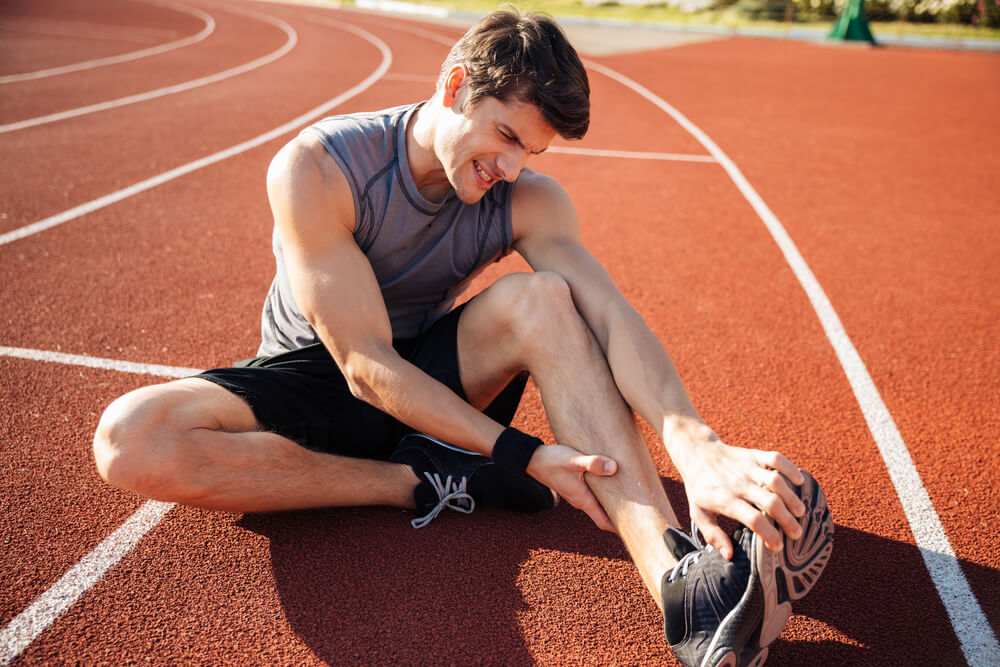
The first thing we do when we experience a cramp is to massage the area with our fingers. However, there’s another technique we can use.
- Sit so that the cramped leg is resting on top of your other thigh.
- Massage the entire muscle using circular movements to get rid of all tension.
- You can adjust the pressure as you need it.
6. Apply heat
A heating pad or a hot pack can be very useful if you have a muscle cramp.
- Soak a towel with boiling water and apply it to the affected area, being careful not to burn yourself.
- Alternatively, you can also take a hot shower, allowing the hot water to fall over your leg or the cramped area.
How to prevent cramps
If you’ve suffered muscle cramps before, you might need some recipes to prevent it from happening again. Take note on the following recommendations:
1. Horse chesnuts
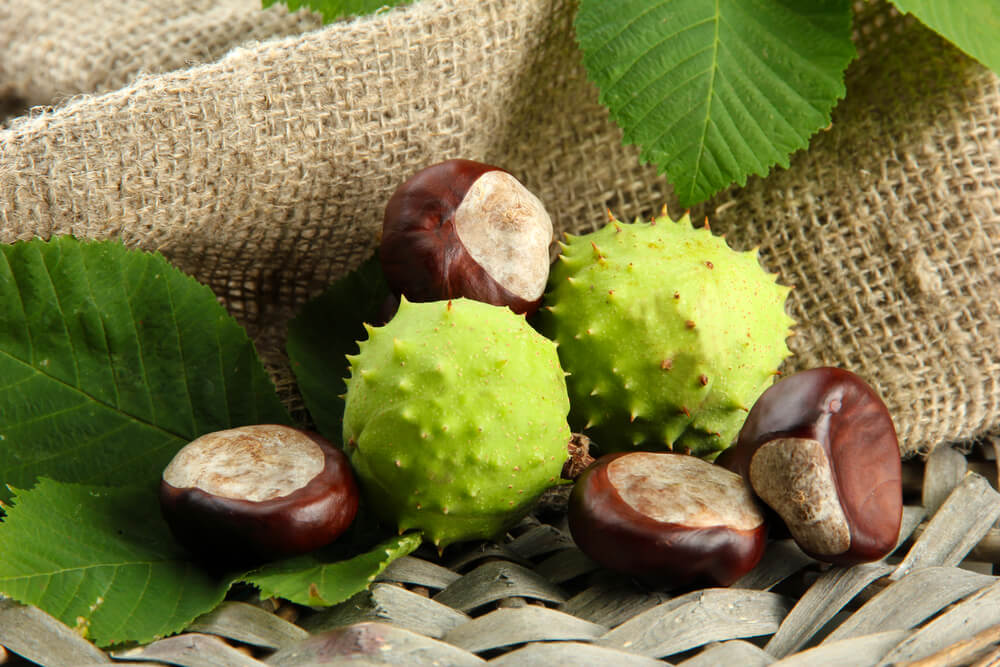
This fruit is capable of boosting the capacity of arteries and capillaries. You can find them in natural-product stores and they’re often sold as capsules.
2. Water
It’s crucial that muscles are well hydrated in order to avoid muscles from cramping. So, we recommend that you take in at least 2 liters of water a day.
If it’s hot or if you exercise, raise it to 3 liters daily. If you don’t like drinking water by itself, you can opt to make herb teas or juices and natural smoothies.
Remember that coffee and soft drinks don’t count as water intake.
3. Bananas
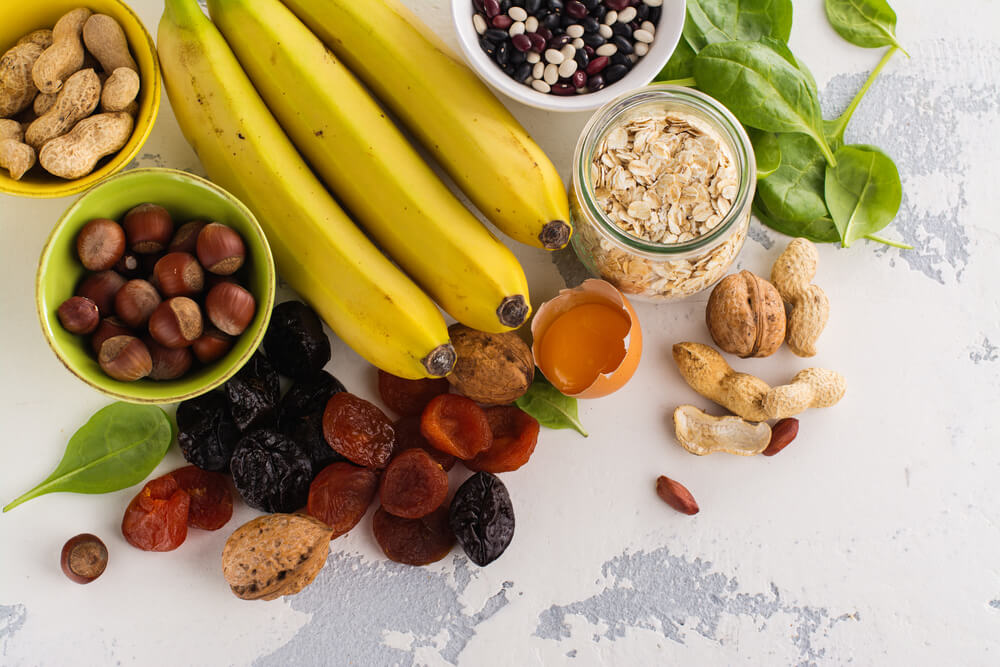
Muscle cramps can occur due to a lack of potassium. One of the foods richest in this nutrient is the banana. That’s precisely why you’ll see athletes eating them at half-times.
Another option are kiwis. You can eat them several times a week in smoothies, fruit salads or juices.
All cited sources were thoroughly reviewed by our team to ensure their quality, reliability, currency, and validity. The bibliography of this article was considered reliable and of academic or scientific accuracy.
- Cruz Arnés; Saá Requejo CM; Moreno Hernández A; Calvo Cebrián A; Hernandez Alvarez LF, C. C. G. (2003). Calambres nocturnos. Revista de La SEMG.
- Steichen, O., & Ameri, A. (2010). Calambres. EMC – Tratado de Medicina. https://doi.org/10.1016/S1636-5410(10)70487-6
- Prada, S. (2003). Calambres nocturnos en las piernas. Jano.
- Hallissey, H. THE USE OF BANANAS IN PREVENTING EXERCISE ASSOCIATED MUSCLE CRAMPS. https://library.ndsu.edu/ir/bitstream/handle/10365/27535/The%20Use%20of%20Bananas%20in%20Preventing%20Exercise%20Associated%20Muscle%20Cramps.pdf?sequence=1&isAllowed=y
This text is provided for informational purposes only and does not replace consultation with a professional. If in doubt, consult your specialist.








